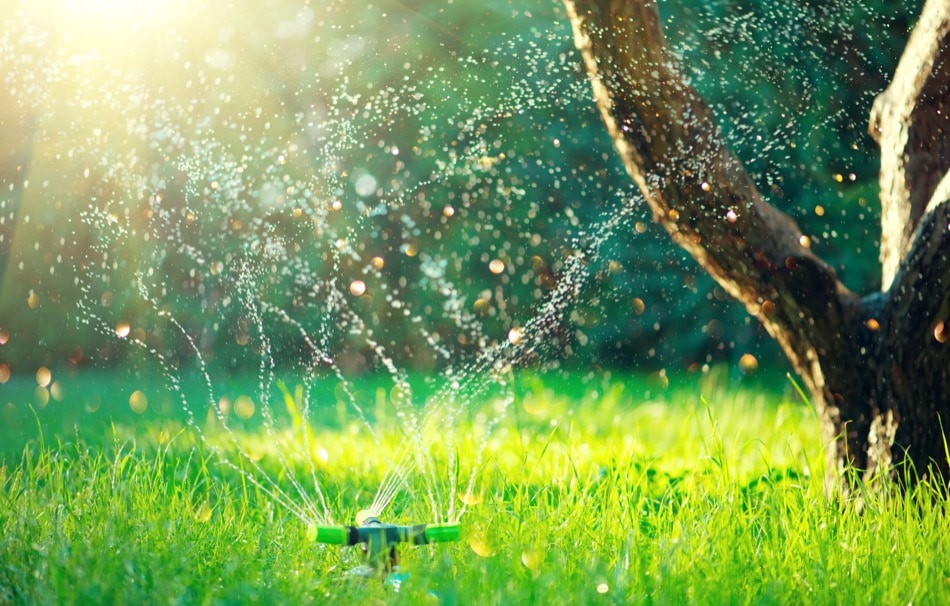
What to Know About Common Yard Irrigation Options
 A major part of maintenance for homeowners is the irrigation and drainage of their yards. The system an owner chooses has a lot to do with the health of their soil and grass, as well as their general water consumption and conservation. Learn more about the major types of irrigation and which ones work best for different properties.
A major part of maintenance for homeowners is the irrigation and drainage of their yards. The system an owner chooses has a lot to do with the health of their soil and grass, as well as their general water consumption and conservation. Learn more about the major types of irrigation and which ones work best for different properties.
Spray Systems
A traditional sprinkler system is one of the most well-known types of irrigation options simply because it’s both visible and familiar. The spray head is at ground level and sends water out at designated intervals and motions. These systems, especially the mist spray heads, are often used on smaller yards and tend to use more water than need be due to evaporation.
Soaker Hoses
A soaker hose features a porous membrane that will allow water to seep through the length of the hose into the soil. It delivers the water directly to the soil, which allows for less evaporation overall. Homeowners can place these hoses as deep as they like, making them perfect for nourishing the roots of older trees or larger shrubs on the property.
Drip Irrigation
Drip irrigation has gained in popularity as of late for a number of reasons:
- Uses less water than standard spray devices
- Limits weeds in the garden, which can boost curb appeal
- Versatile and portable system
- Allows for a variety of zones
As the name suggests, drip irrigation disperses one drop of water at a time, allowing for slow but steady nourishment. It’s exceptionally easy to change locations and settings, making it excellent for homeowners who want to experiment with what works best for their yard.
Rotor
A rotor system is similar to a spray head system, in that it’s an above-ground device that delivers water in a uniform manner. However, rotor systems are considered to be more efficient and better for larger areas than traditional sprinklers. Like drip irrigation, rotor systems give the soil the time it needs to absorb the water, which can help the lawn thrive under all-weather conditions.
The right type of irrigation for a homeowner depends on everything from the size of the yard to the plants they choose to grow. A home with hearty flowers and shrubs may only need a few spray heads. Those with ancient trees in their yards may want to consider drip irrigation to really care for their lawn.



